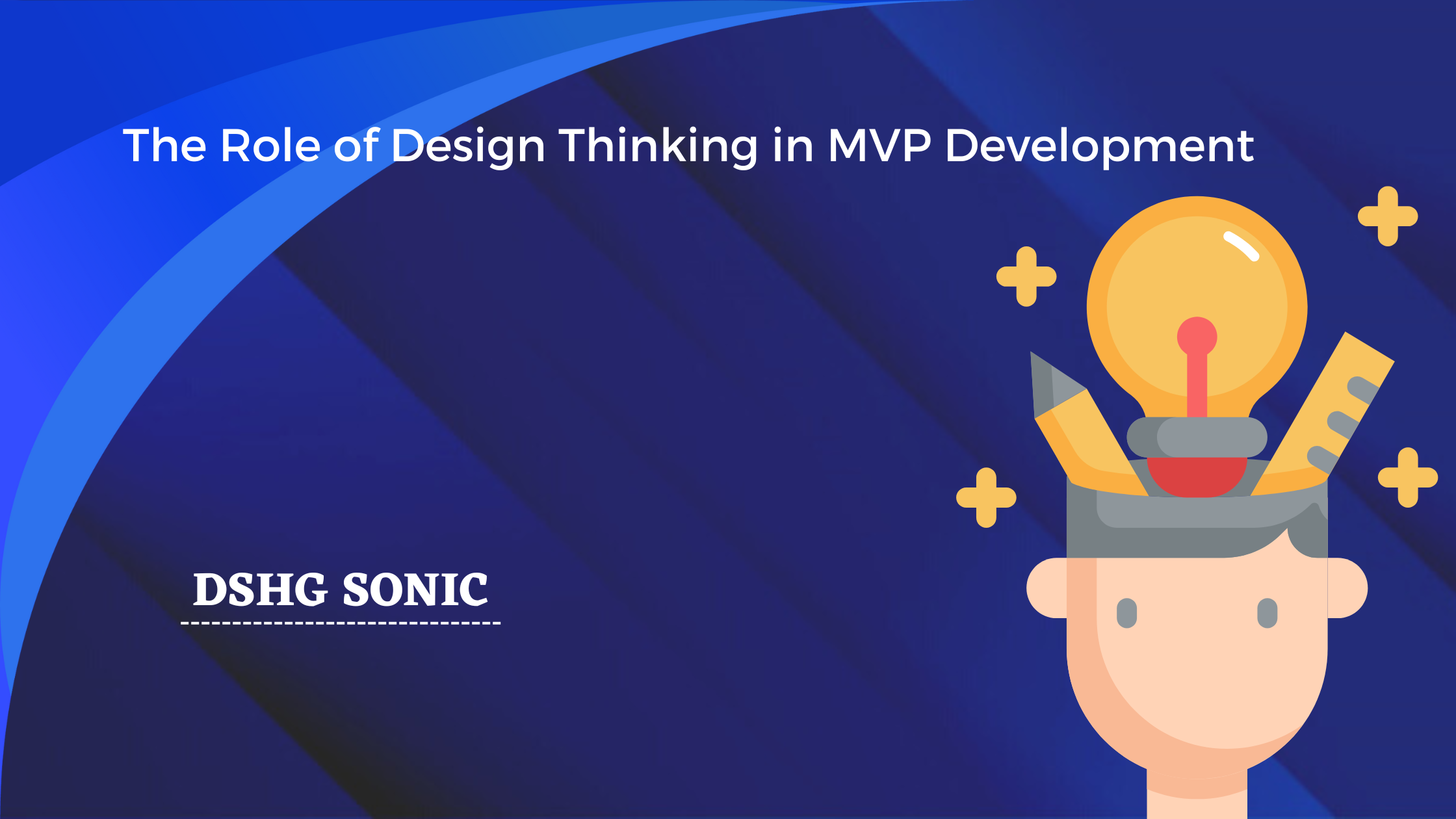Design thinking is a powerful tool that supports innovation and problem-solving, allowing us to create solutions tailored to the people who will ultimately use them. It is an essential component of MVP (Minimum Viable Product) development because it shifts focus away from simply creating features that might solve an issue towards understanding customer needs and turning ambitious ideas into actual tangible products. Compared to traditional development approaches, which are often feature-driven, design thinking takes a human-centered approach to ensure successful projects with creative results. In this blog post, we will outline precisely how vital design thinking can be in helping create successful minimum viable products for users by considering their needs more deeply.
Here are some essential points outlining the role of design thinking in MVP development:
- Design thinking emphasizes understanding and empathizing with users’ needs and challenges. It involves conducting user research, interviews, and observations to gain insights into their pain points and desires. This empathic understanding helps shape the MVP to address user needs effectively.
- Design thinking focuses on clearly defining the problem or opportunity before developing a solution. This involves identifying the core issues faced by users and prioritizing them based on their impact. By understanding the problem deeply, the MVP can be tailored to provide the most valuable and relevant solution.
- Design thinking encourages a diverse range of ideas through brainstorming and ideation sessions. It promotes a collaborative environment where team members can freely generate innovative solutions, often through techniques such as mind mapping or design workshops. This creative approach helps uncover unique concepts for the MVP.
- Design thinking emphasizes building prototypes early in the development process. These prototypes can be low-fidelity, such as paper sketches or digital wireframes, allowing for quick iterations and feedback. By creating tangible representations of the MVP, design thinking enables faster validation and learning.
- Design thinking encourages continuous testing and feedback loops throughout the MVP development cycle. By involving users early on, it becomes possible to gather valuable insights and iterate on the solution. Testing can be done through usability tests, user interviews, or other evaluation methods to refine the MVP based on user input.
- Design thinking promotes an iterative approach to development, where each iteration builds upon the previous one. This allows for incremental improvements and adjustments based on user feedback and changing requirements. The MVP evolves over time, ensuring it remains aligned with user needs and market demands.
- Design thinking places users at the center of the MVP development process. It aims to create intuitive, user-friendly experiences that resonate with the target audience. By focusing on user needs, preferences, and behaviors, design thinking helps create an MVP that provides a delightful user experience.
- Design thinking encourages collaboration among diverse teams, including designers, developers, product managers, and stakeholders. This multidisciplinary approach brings different perspectives to the table and fosters a holistic understanding of the problem and solution space. Collaboration enables a more comprehensive and well-rounded MVP development process.
- Design thinking promotes a mindset of innovation and differentiation. Approaching MVP development with a creative and human-centered mindset allows for the exploration of novel ideas and solutions. This helps create unique and differentiated products that stand out in the market.
- Design thinking supports validating the MVP in the market to gather real-world feedback and assess its viability. By observing how users interact with the product and measuring key metrics, design thinking enables data-driven decision-making regarding further development, pivot, or refinement.
Final thought
Design thinking is a valuable tool that can be used in MVP development and can benefit all startups. Those who are able to successfully use design thinking techniques will gain greater insights into customer needs and wants. Not only does having this knowledge help create better products from the start, but it also reduces the risk of developing something that isn’t what users want or need. However, for these benefits to be truly realized, startups must be deliberate in their application of design thinking principles.
To confidently pursue MVP development with design thinking principles in mind, startups should consider using an experienced mentor or coach to guide them on their journey. By being intentional with how they incorporate design thinking into MVP development processes, teams will enjoy greater scalability opportunities as well as an improved product-market fit.








